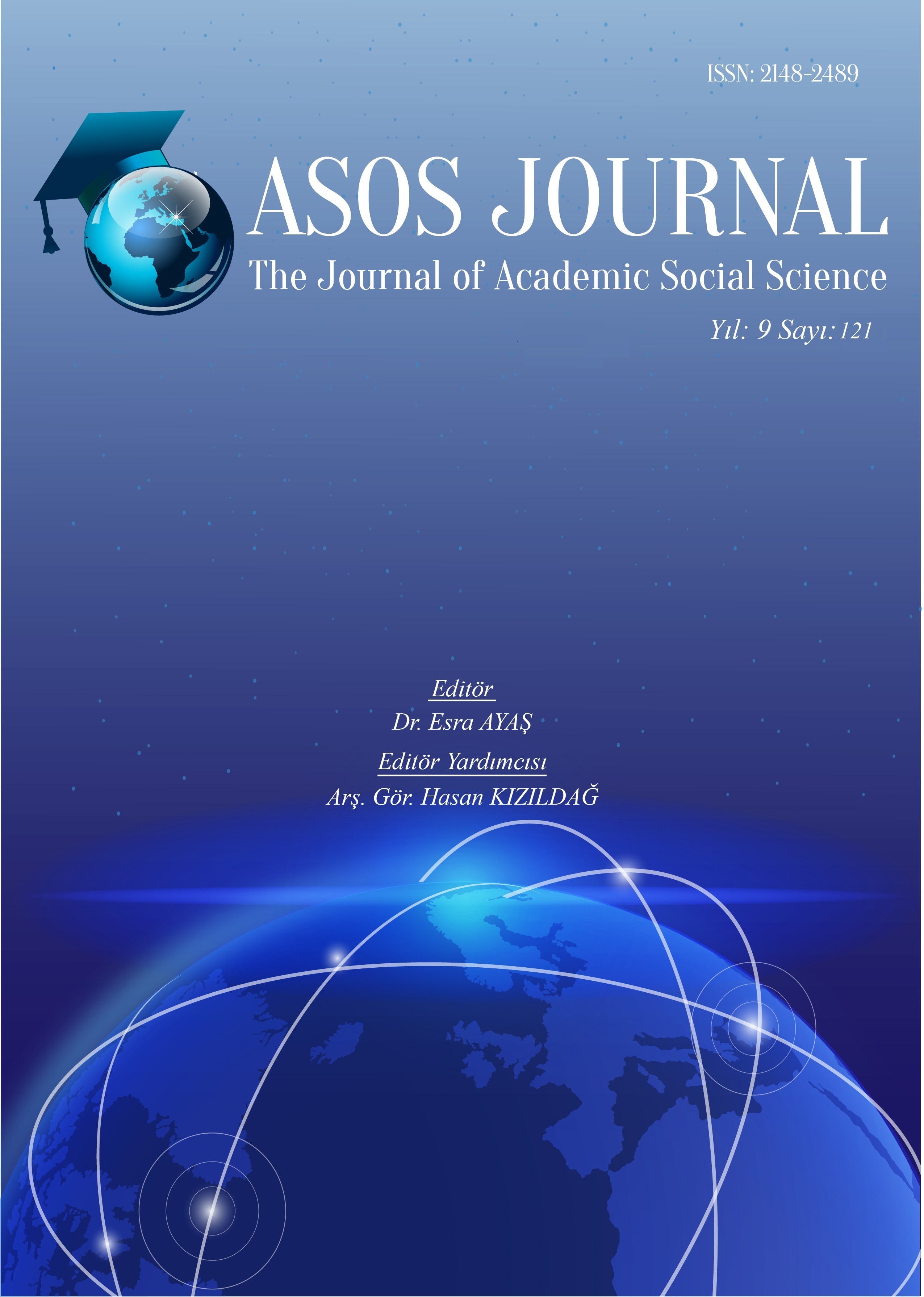Author :
Abstract
القرآن مادة حية لكل المناهج القديمة والحديثة، فهو يعتبر منبع المعرفة والعلم، فنمذ القديم طبق المفسرون مناهجهم على القرآن، فمنهم من اتبع المنهج الوصفي،فأخذ يفسر القرآن وفق أقوال الصحابة ووفق السماع والنقل، فكان هؤلاء العلماء يتبعون الروايات المختلفة لتفسير الآية. وفي الحقيقة هذا المنهج هو منهج آمن في تفسير الآية، فصاحب هذا المنهج يسير على طريق سهل لا يوجد فيه عناءولا مشقة،فعمله يجمع وينقل وفي النهاية يحاول أن يؤلفبين هذه الأقوال والمنقولات . ومن العلماء من اتبع المنهج الشمولي في تفسير القرآن، فحاول أن يستفيد من علم النفس والتاريخوالمكان والزمان وعلم الاجتماعواللغة وأخذ يُدخِل النواحي الفلسفية في التفسير، وربما يكون هذا المنهج أقرب إلى التفسير بالدراية. من المناهج التي طبقها من بعض من فسّر القرآنهو المنهج البنيوي، وهذا المنهج يعتمد على التحليل اللغوي في القرآن. وفي العصر الحديث بدأ بعض الباحثين ينظر من جمالية الكلمة الصوتية، فبدأ يفسر القرآن من النواحي الصوتية للحروف والكلمات والجمل. ويأتي هذا البحث ليضيف منهجاً جديداً يمكن أن يستفاد منه الباحثون في إيجاد نواح جمالية في تفسير القرآن الكريم هذا المنهج هو المنهج التحليلي في تفسير الكلام والمحادثات والحوارية، ويعتمد هذا المنهج على تحليل الحواروفق المنهج اللغوي والنفسي والاجتماعي والفلسفي، فيقوم بتحليل الكلامإلى وحداته ويظهر النواحي الجمالية والمعاني التفسيرية في الآية ويعتمد هذا التحليل على السياق، فالسياق أداة مهمة في تحليل الكلام، وبدونه لا يمكن أن نصل إلى هدفنا من تحليل الكلام. هذا المنهج يمكن أن يستخدم كل الإمكانات ليصل إلى هدفه، فيمكن أن يستخدم طاقة الحرف وخصائصه ويمكن أن يستخدم الصوت في فهم مدلول الآية وتفسيرها
Keywords
Abstract
The Qur’an is lively content for all classical and modern methods, as well as a source of knowledge and wisdom. Interpreters have adapted various interpretation methods to the Qur’an since ancient times. Some of them used the descriptive research method and have started to interpret the subjects of interpretation of the Qur’an (tafser) based on the words of the Companions, narration, and hearing. As a matter of fact, these scholars have followed various narrations in the interpretation of the verse. In fact, their attitudes are considered as a sound and reliable method in verse interpretation. The follower of this method proceeds in the easy way that is not difficult and tough, what one does is mainly compilation and transmission. At the end of this process one tries to combine these words and narrations. Others have adopted the qualitative research method in the interpretation of the Qur’an. They have drawn from psychology, history, the science of space and time, sociology, and philology. Thus they have embodied their philosophical perspectives in tafser. This method is closer to dirayah tafser. One of the methods applied by those who interpret the Quran is the structural research method. This method is based on linguistic analysis of the Quran. In the modern era, some researchers have tended to the aesthetic phonetics of the words in the Qur’an and have begun to interpret the Qur’an in terms of the letter, word, and sentence phonetics. In this study, it will be focused on bringing a new method that researchers will utilize in terms of finding aesthetic aspects in the interpretation of the Qur’an. This method is based on analysis in the interpretation of words and dialogues. It is based on the analysis of dialogues in line with philological, psychological, sociological, and philosophical principles. In this method, the sentence is analyzed by dividing it into elements, and the aesthetic aspects of the verse and its meanings in terms of tafser are found out. The method is based on context and, this context is an important tool in sentence analysis. That’s why the intended goal cannot be achieved without the context in sentence analysis. Hence, the meaning and interpretation of the verse (ayah) is provided to understand.
Keywords
- ، تفسير البغوي، الرياض، دار طيبة1989البغوي، الحسين بن مسعود، ، تفسير البحر المحيط، بيروت، دار الكتب العلمية.1993تفسير البحر المحيط، محمد بن يوسف بن حبان، ة للنشر.، تفسير التحرير والتنوير، تونس،الدار التونسي1984ر بن عاشور، اهلطتفسير التحرير والتنوير، محمد ا اني، بيروت،مؤسسة عصام الحرست -، تحقيق: بشار عواد معروف1991تفسير الطبري، ابن جرير الطبري، تفسير الطبري ،
- م.قلال، الدر المصون في علوم الكتاب المكنون، دمشق، دار 2008الحلبين السمين، ، مفاتيح الغيب، دمشق ، دار الفكر1981الرازي فخر الدين ،
- ه.دأوال، فتح القدير، مصر ،مطبعة مصطفى البابي الحلبي و1349الشوكاني، محمد بن علي بن محمد بن عبد هللا، ر ابن عطيه(، ، المحرر الوجيز في تفسسير الكتاب العزيز) تفسي1992عبد الحق بن غالب بن عطية األندلسي، أبو محمد،
- بيروت، دار الكتب العلميّة. ار دلسعود( القاهرة، ا، إرشاد العقل السليم إلى مزايا الكتاب الكريم) تفسير أبي 2015العمادي محمد بن أحمد، أبو السعود،
- .حفمصال ، في ظالل القرآن، بيروت، دار الشروق1912قطب سيد، كي، دمشق ، مؤسسة ، تحقيق: عبد هللا بن عبد المحسن التر2006محمد بن أحمد األنصاري القرطبي، الجامع ألحكام القرآن، ، نحو النص( في ضوء منهج يةيل، التحليل النصي في التفاسير القرآنية والموضوعية ) دراسة تحل2013مير تاج، فوزية، رسالة دكتوراة ، الجامعة اإلسالمية العالمية، إسالم أباد باكستان.





